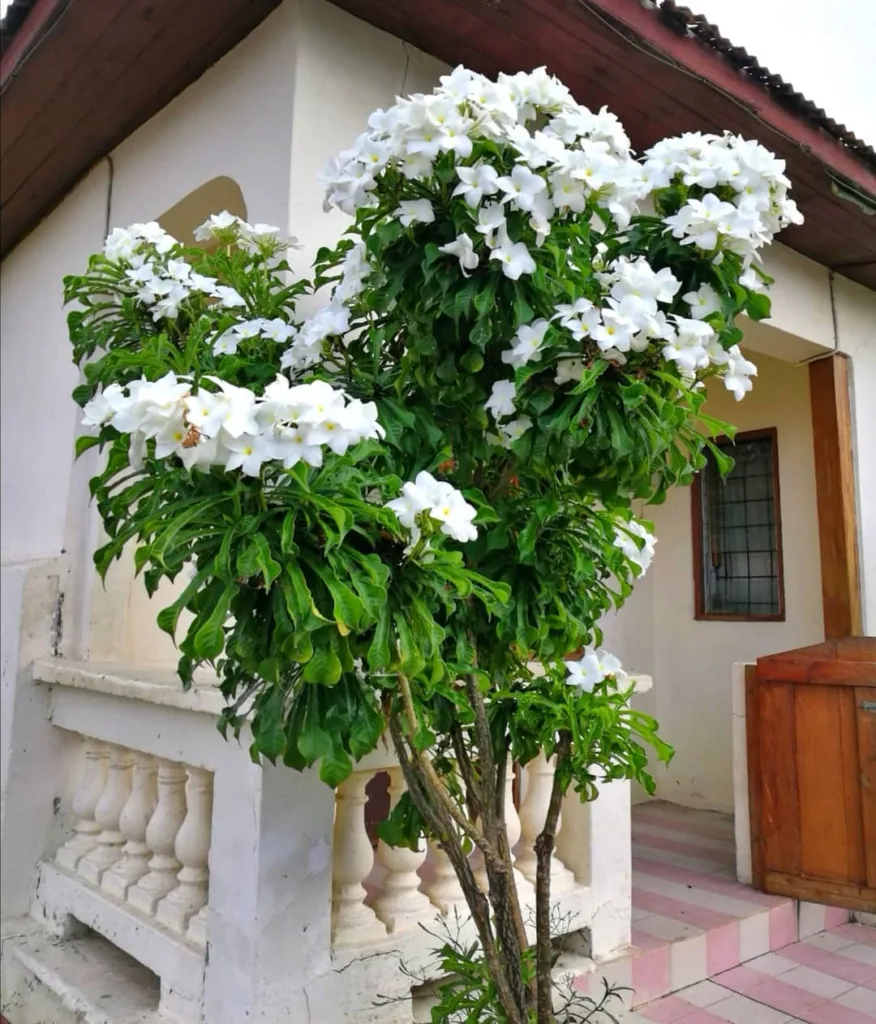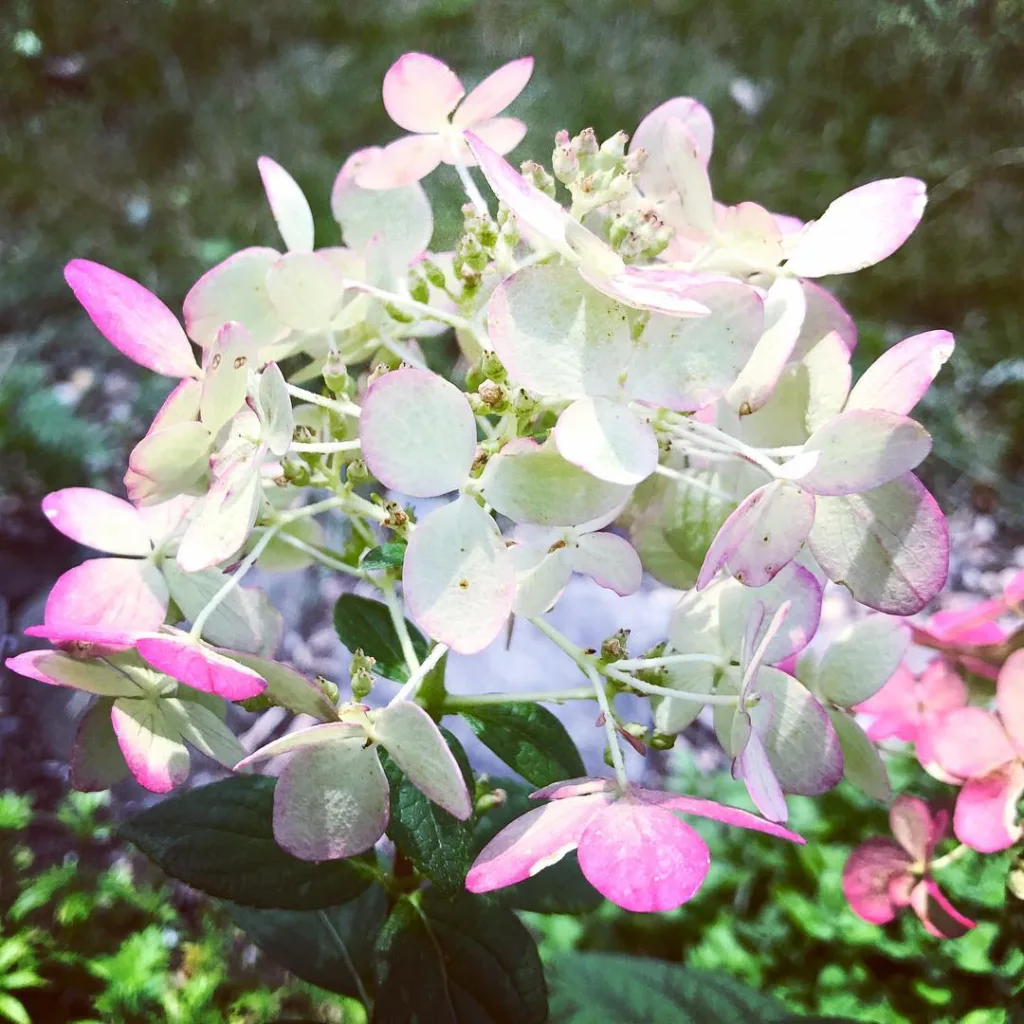FAQs About Vitis Arizonica
Vitis Arizonica, commonly known as Canyon Grape, is a plant I’ve come to appreciate for its resilience and adaptability in desert-like climates. It’s native to the southwestern United States and northern Mexico. Over time, I’ve learned quite a bit about this unique vine, and I’d like to share some insights, answering some of the most common questions that pop up when it comes to Vitis Arizonica.
84 Species in Genus Vitis
What Is Vitis Arizonica?
Vitis Arizonica is a wild grape species that grows primarily in arid regions. Unlike the cultivated grapes we’re familiar with, this grapevine thrives in rugged terrain and can handle extreme heat. The leaves are heart-shaped with a slightly rough texture, and it produces small, dark purple fruits. While the grapes are smaller and less sweet than commercial varieties, they’re still edible and can be used in jams or left for wildlife.
How to Care for Vitis Arizonica?
Caring for Vitis Arizonica is relatively easy if you give it the right conditions. It prefers well-draining soil and a sunny location, though it can tolerate partial shade. Watering should be moderate—too much water can cause root rot, while too little will stunt its growth. I’ve found that it’s best to water deeply but infrequently, mimicking the natural rainfall cycles it experiences in the wild.
Pruning is another key aspect of care. It’s a vigorous grower and can become unruly if left unchecked. I usually prune it back in the winter when the plant is dormant. This helps encourage healthier growth in the spring.
How to Propagate Vitis Arizonica?
Propagating Vitis Arizonica can be done through seeds or cuttings. I’ve had more success with cuttings, as they tend to root faster and grow more reliably. When propagating through cuttings, take a healthy piece of vine about 6-8 inches long, making sure there are a few nodes on it. Place it in a mixture of perlite and peat, and keep it moist until roots begin to develop, which usually takes a few weeks.
Seeds can be propagated too, but they require stratification. This means keeping them in a cold, moist environment for a couple of months to simulate winter before planting them.
What to Plant With Vitis Arizonica?
One of the advantages of Vitis Arizonica is its compatibility with various native plants. It works well in xeriscapes and can be paired with other drought-tolerant plants. I like to plant it alongside desert shrubs like sagebrush or agave. It also does well with other vines, like Clematis or even Passionflower, which have similar growth habits. These plants share a love for well-draining soils and require minimal water, making them great companions.
Is Vitis Arizonica Toxic?
Vitis Arizonica is non-toxic to humans and animals. The small grapes are edible and, while not as sweet as their cultivated cousins, they’re perfectly safe to eat. However, they are quite sour, so they’re best used in preserves or left for the birds. The leaves can also be used in small quantities for cooking, like grape leaf dolmas, though they are tougher than those from cultivated grapevines.
What Are the Benefits of Vitis Arizonica?
This plant offers several benefits. First, it’s incredibly drought-tolerant, which makes it an excellent choice for xeriscaping or desert gardening. The vine also provides excellent shade, creating a natural canopy as it climbs over trellises or fences. I’ve noticed that it attracts pollinators like bees and butterflies during its flowering period, making it a valuable addition to any garden looking to support local wildlife.
The grapes themselves, while small and tart, are rich in antioxidants. Historically, Native American communities used the grapes for medicinal purposes. You can also use the plant to create a natural privacy screen.
What Are Common Problems with Vitis Arizonica?
Like most plants, Vitis Arizonica isn’t without its challenges. Pests such as aphids and spider mites can be an issue, especially in hot, dry conditions. I usually control these with insecticidal soap or a strong spray of water.
Fungal diseases can also affect the plant, particularly if it’s overwatered or planted in poorly draining soil. Powdery mildew and black rot are two common issues I’ve seen. Ensuring good air circulation and avoiding excess moisture around the roots can help prevent these diseases.
How Does Vitis Arizonica Compare with Other Grapevines?
Vitis Arizonica is often confused with its cultivated relatives, like Vitis Vinifera, which produces most of the world’s wine grapes. One key difference is that Vitis Arizonica is more resilient to heat and drought. However, its grapes are smaller and less sweet. If you’re looking for a hardy, low-maintenance vine that can survive harsh conditions, Vitis Arizonica is a better choice than Vitis Vinifera.
Another similar species is Vitis Riparia, which is native to cooler, wetter climates. Vitis Riparia produces more abundant fruit and is often used as a rootstock for grafting, but it won’t thrive in arid environments like Vitis Arizonica.
Is Vitis Arizonica Invasive?
In some areas, Vitis Arizonica can become invasive, particularly if it’s planted in favorable conditions with plenty of water. In my experience, it can take over a garden if not pruned regularly. However, this vigorous growth can be an advantage if you’re looking for fast coverage over a trellis or fence.
Conclusion
Vitis Arizonica is an incredible plant for those of us who live in dry, hot climates and want to introduce some greenery without the high water demand. Its resilience, ease of care, and ability to provide food and habitat for wildlife make it a valuable addition to any garden. While it does come with some challenges, particularly in terms of pruning and pest control, its benefits far outweigh the drawbacks. Whether you’re a desert gardener or just looking for a unique vine to add to your landscape, Vitis Arizonica is worth considering.
If i die, water my plants!



